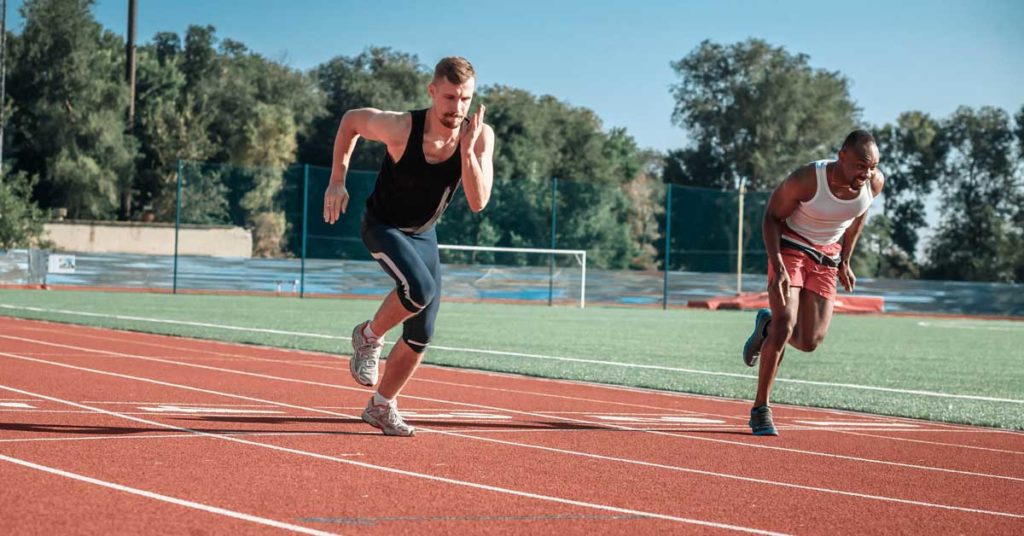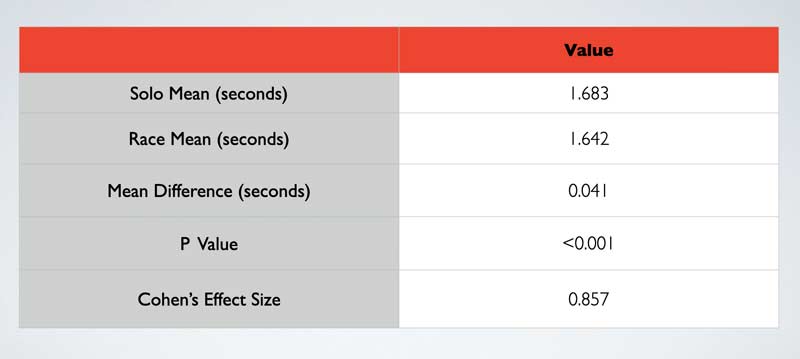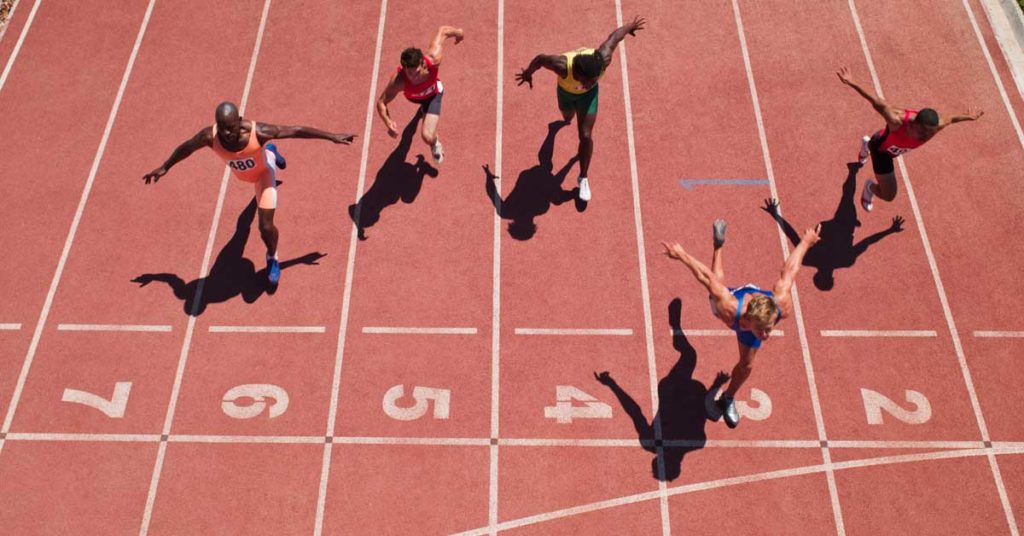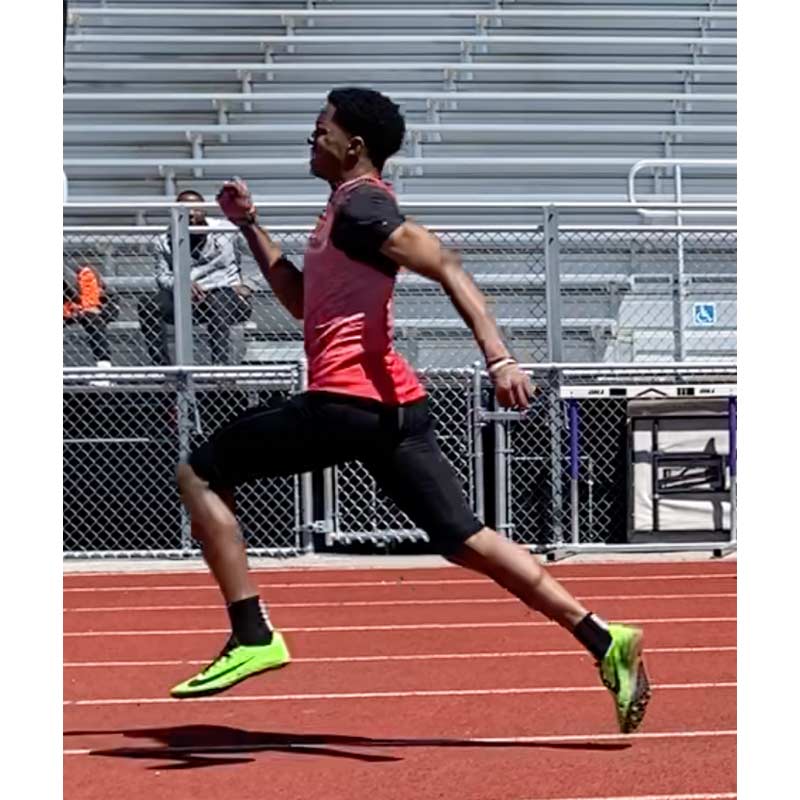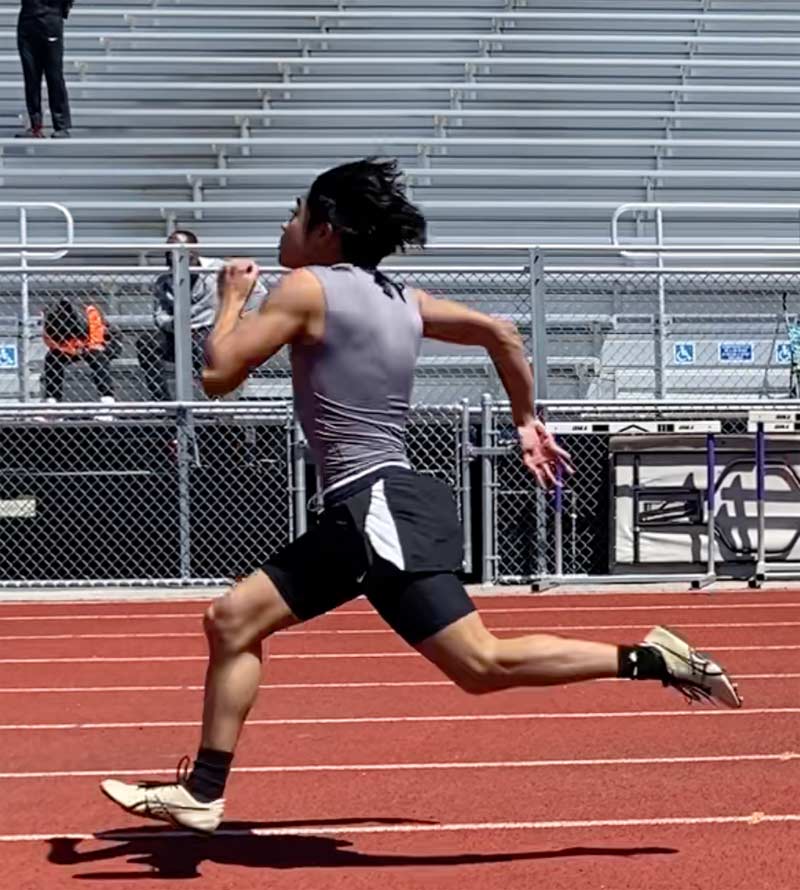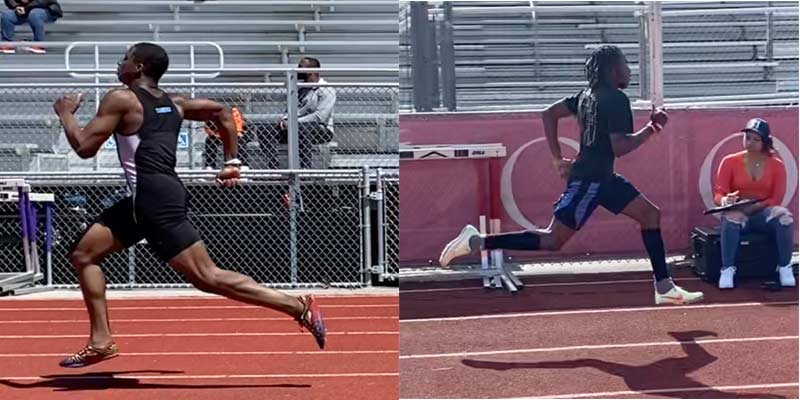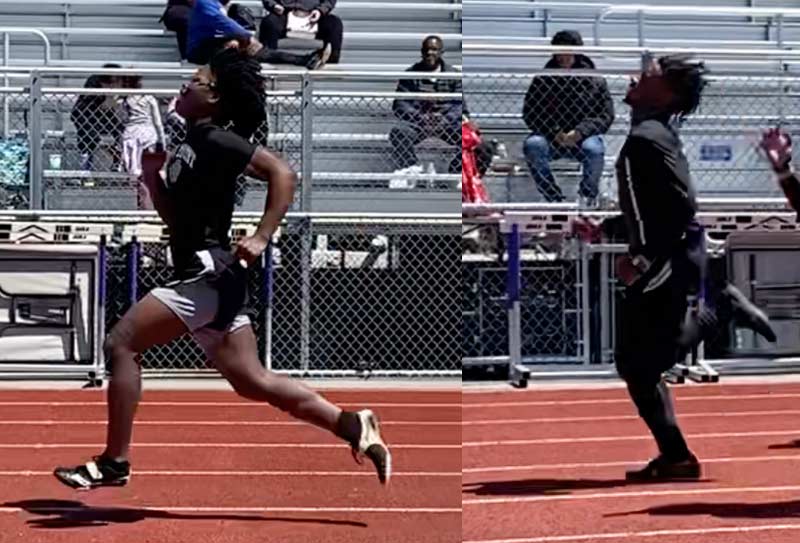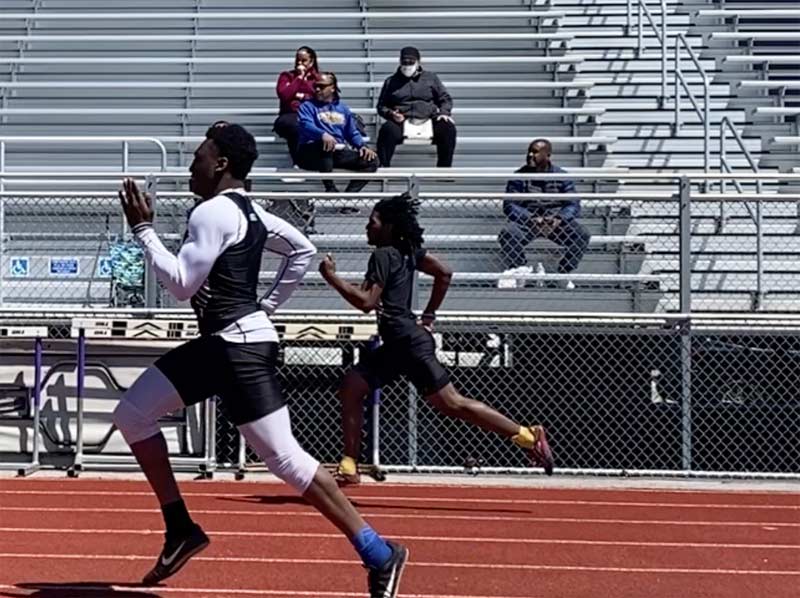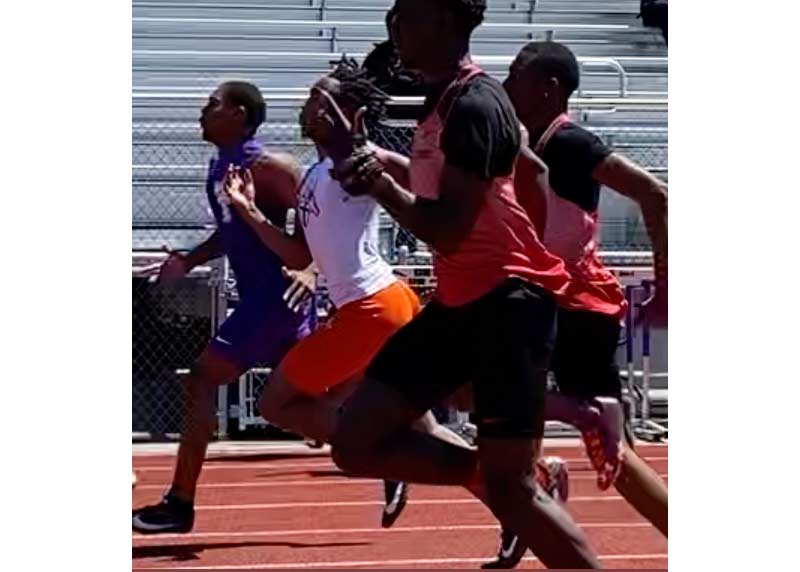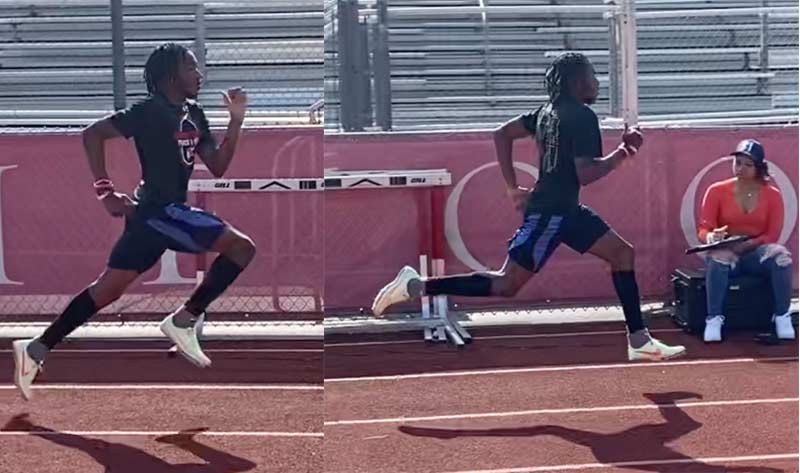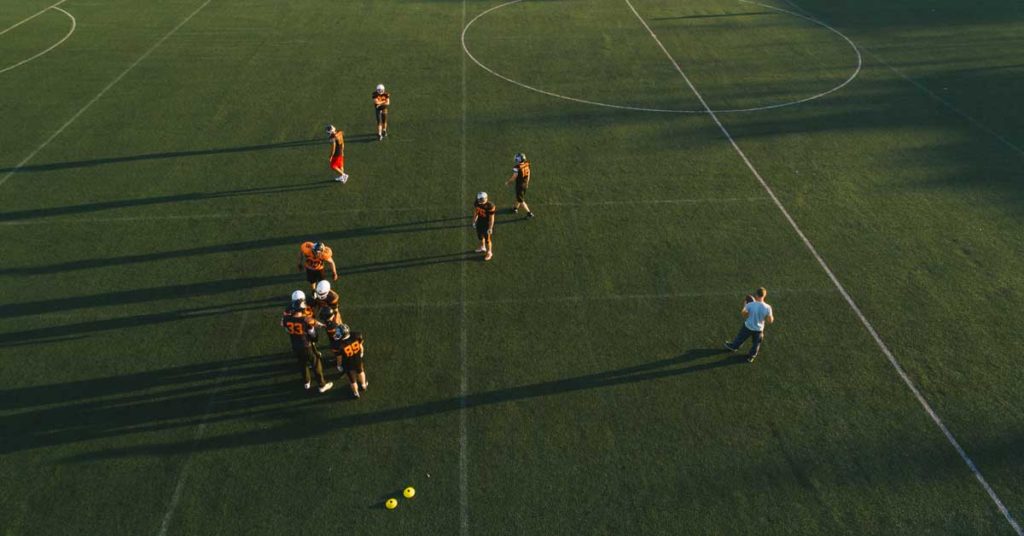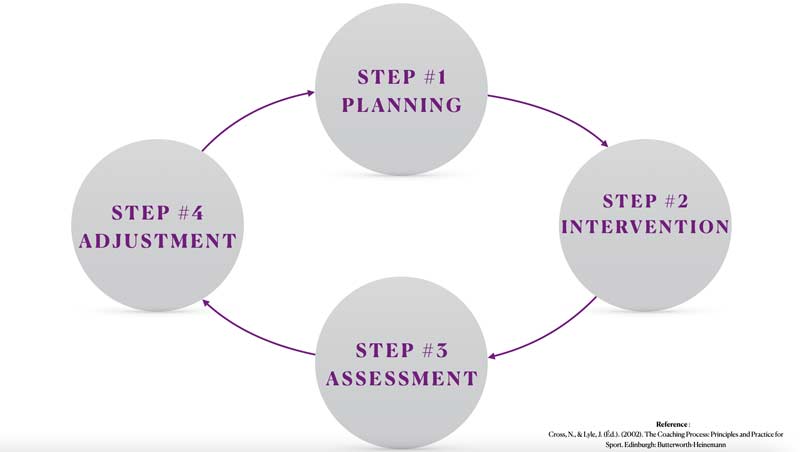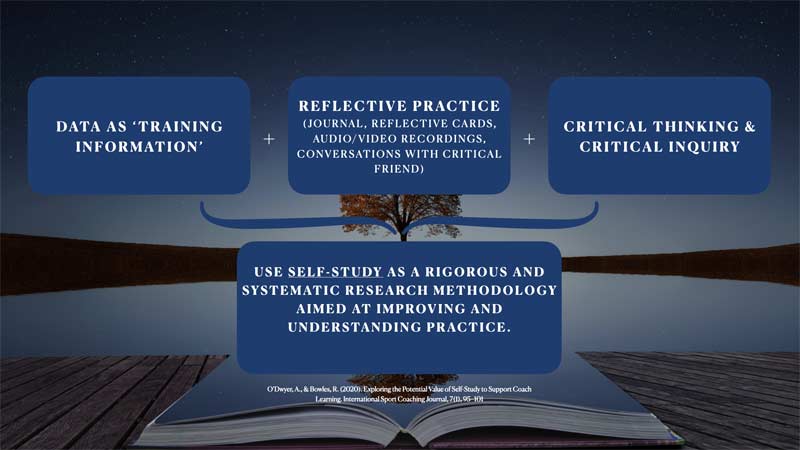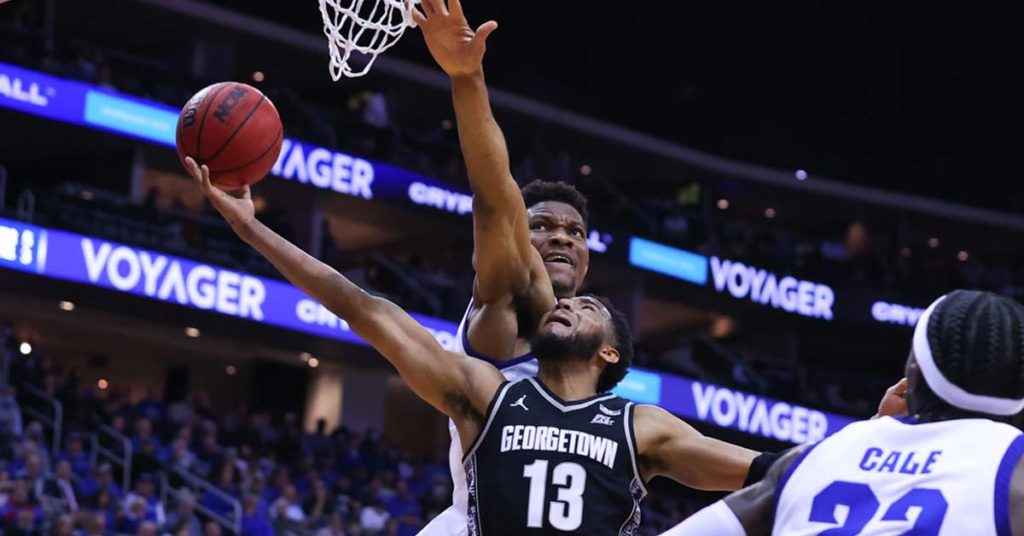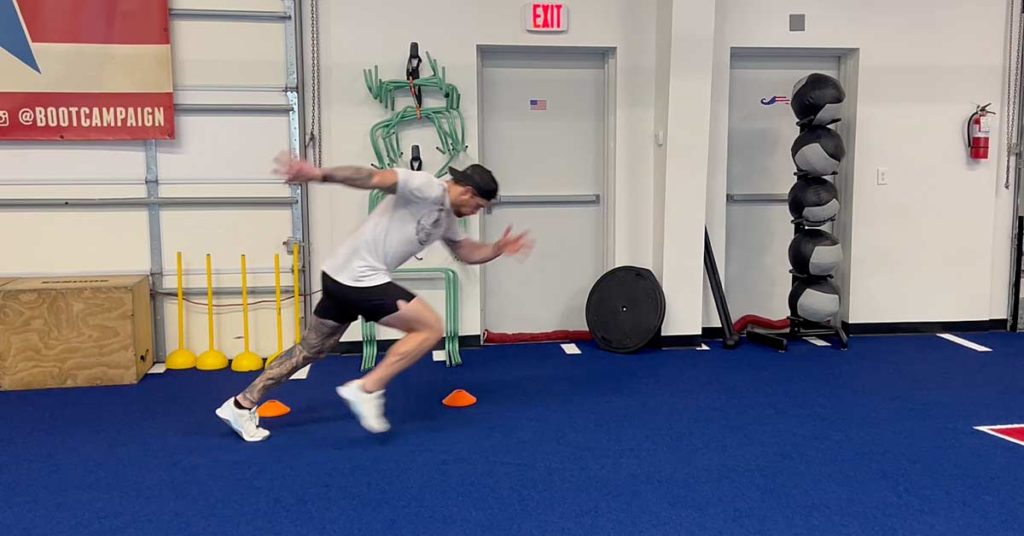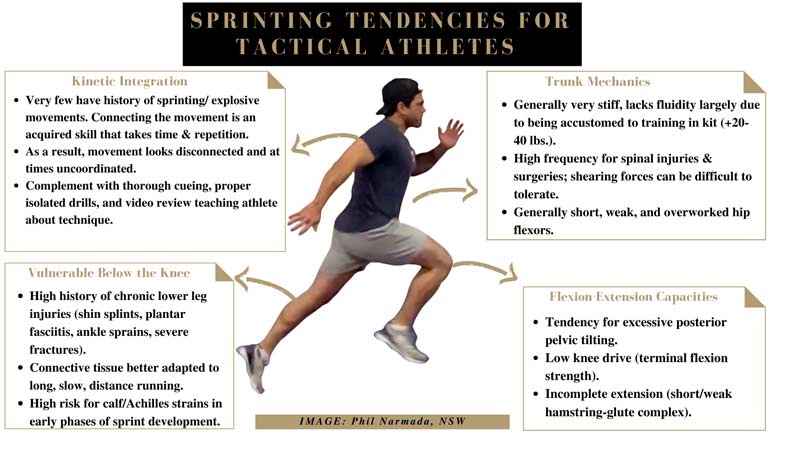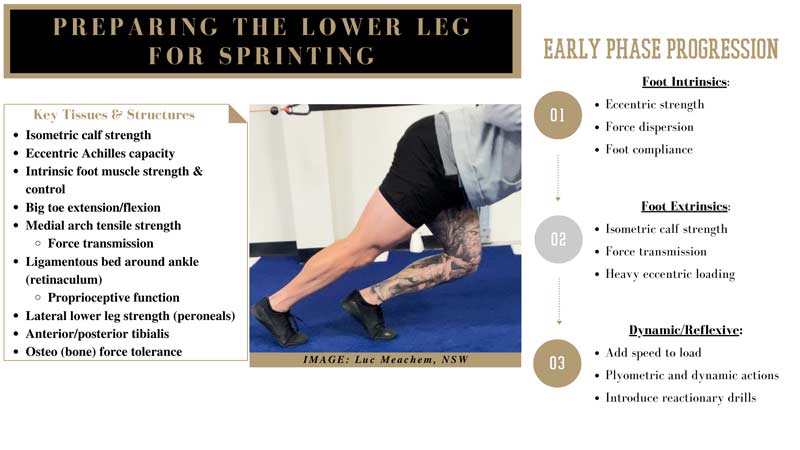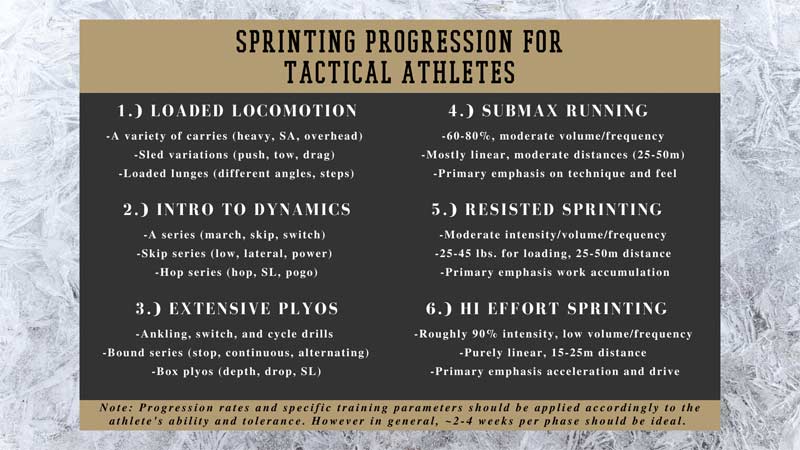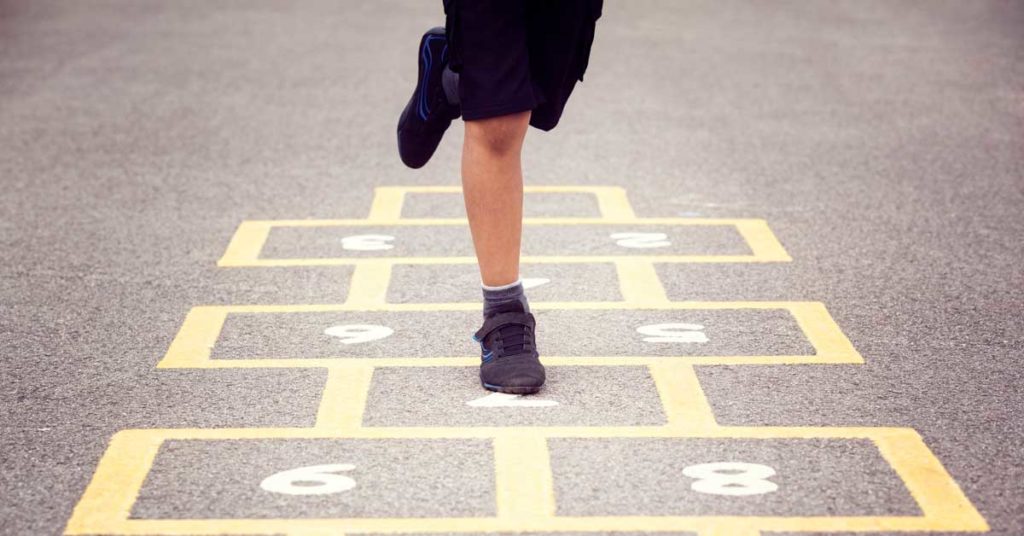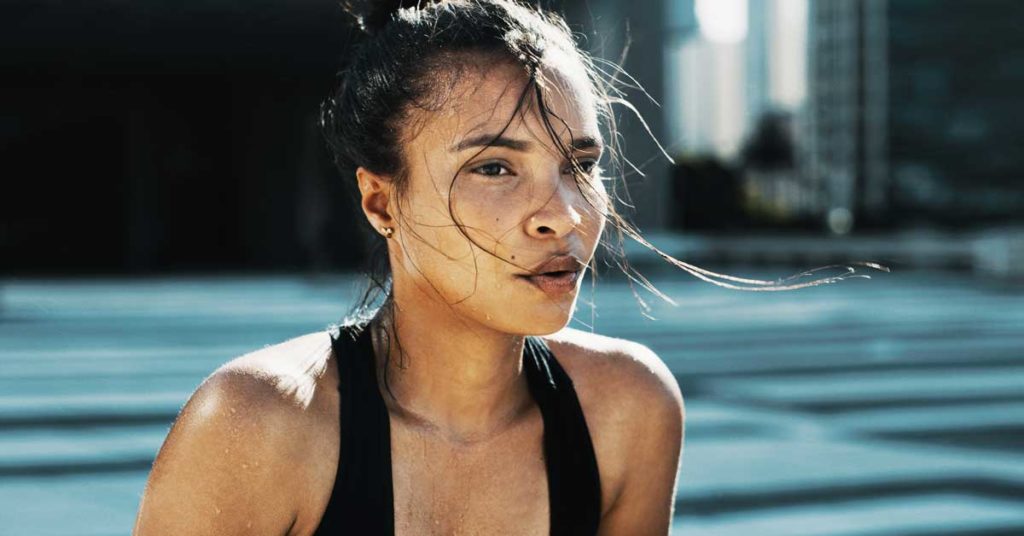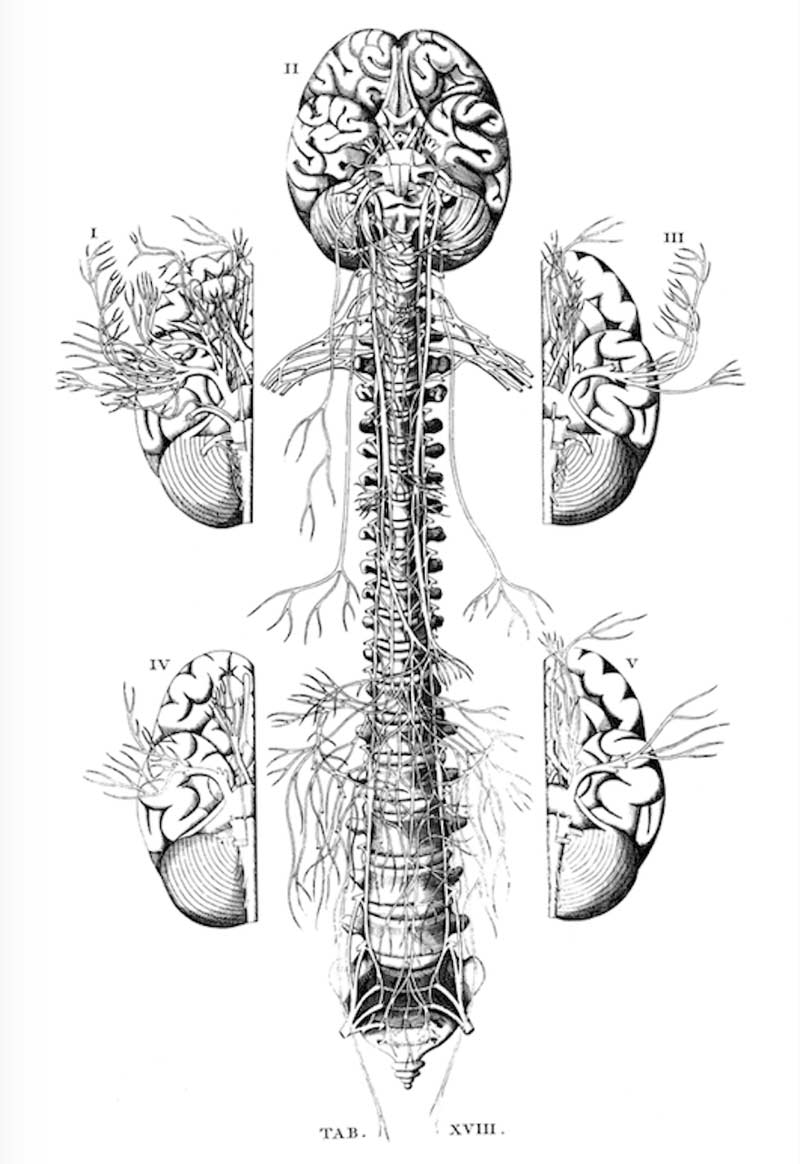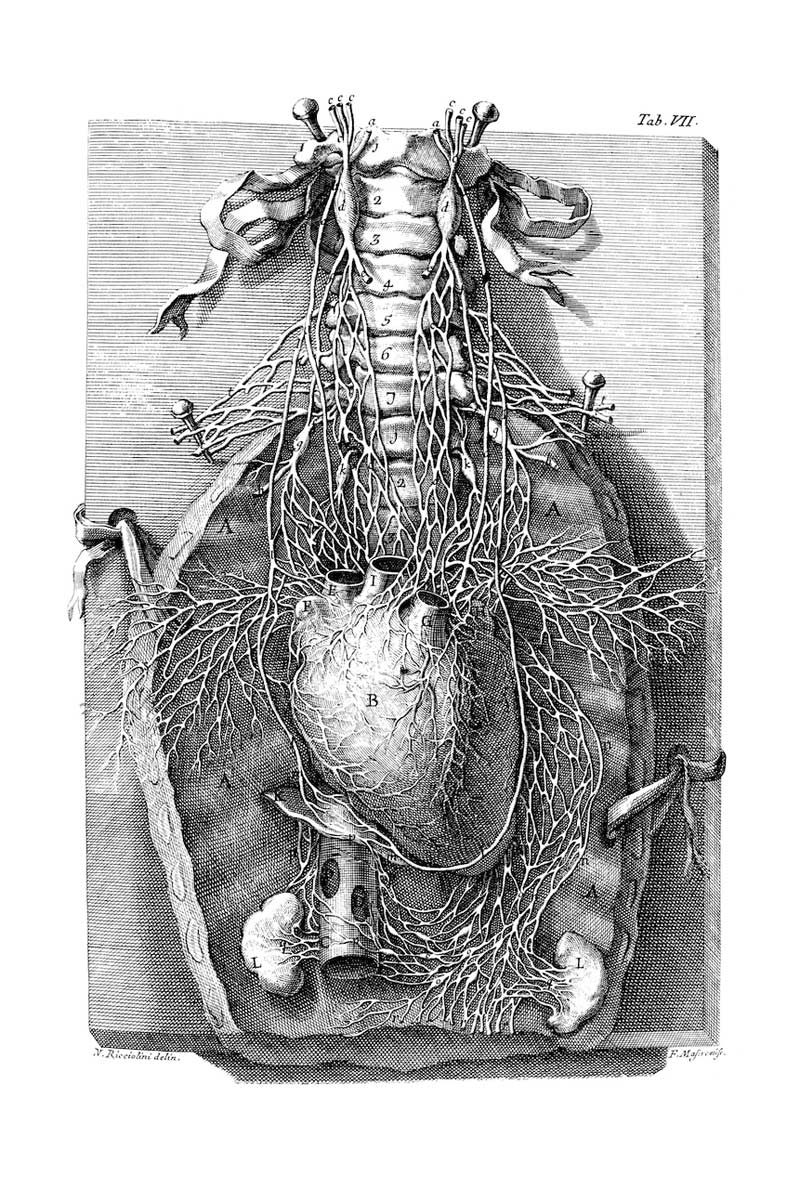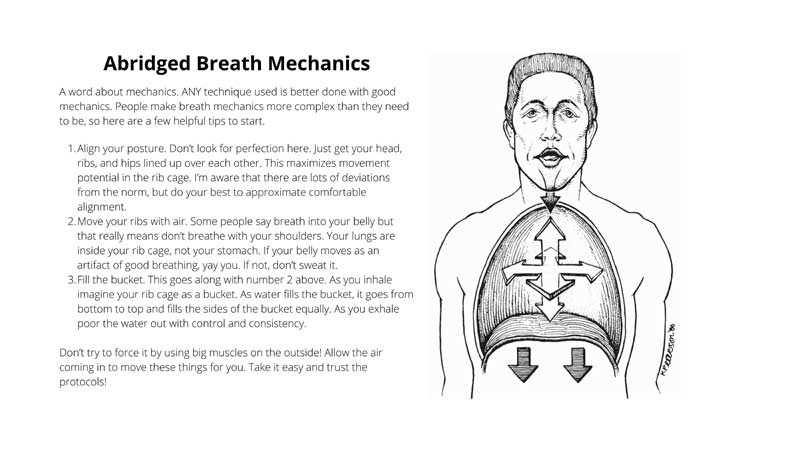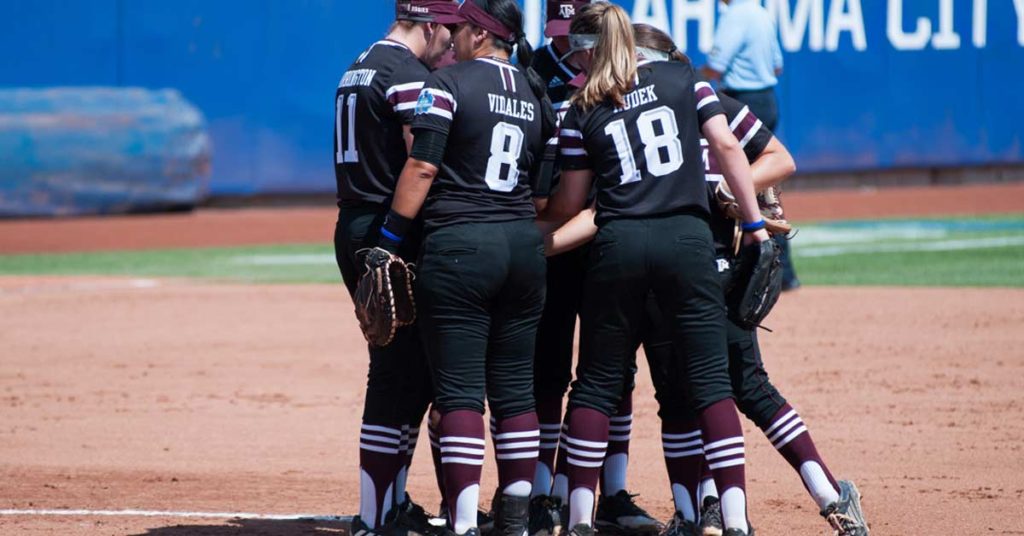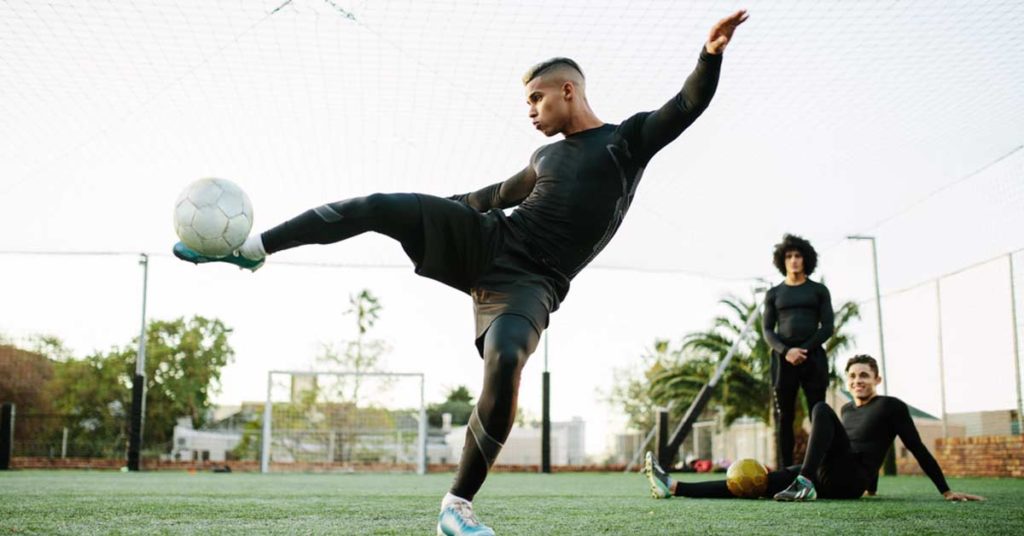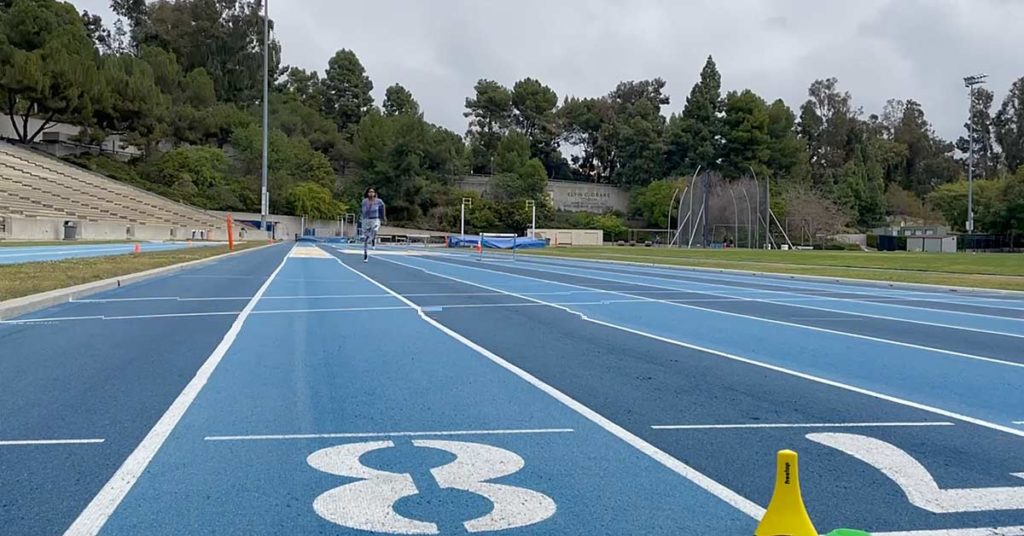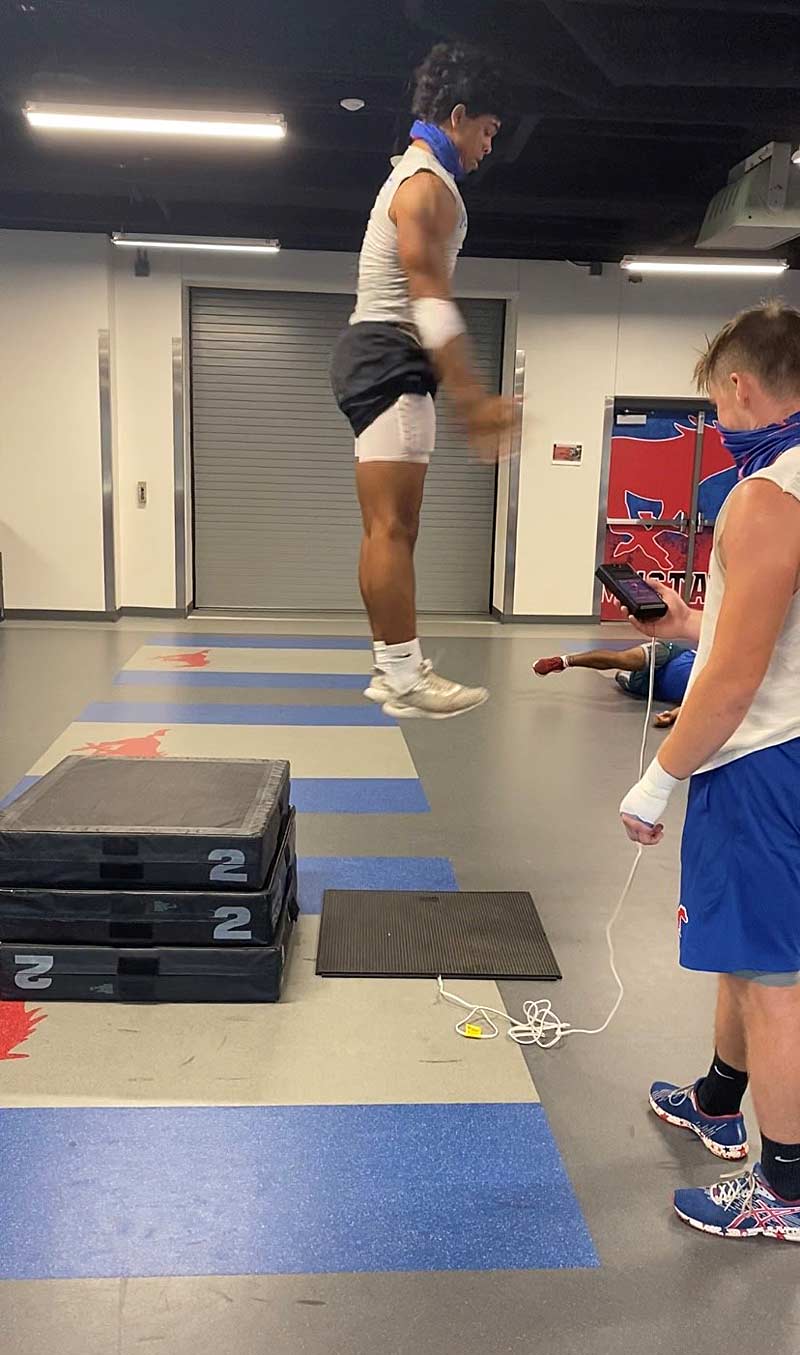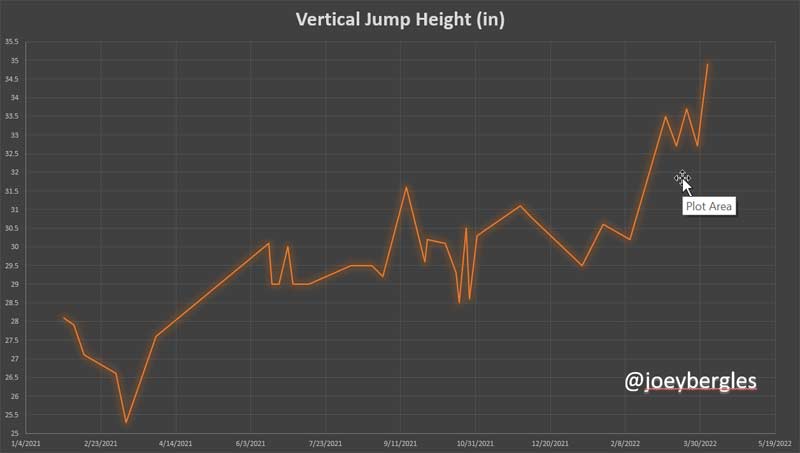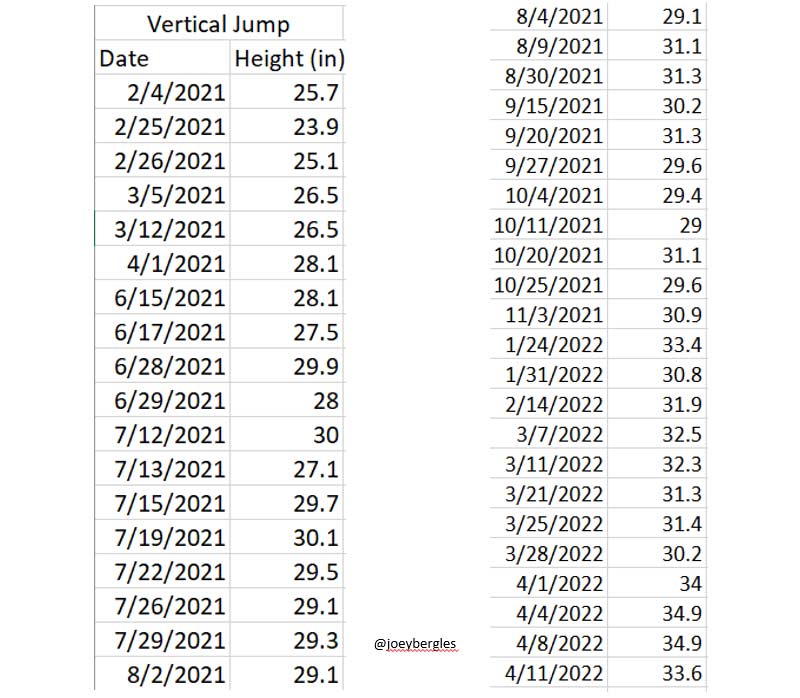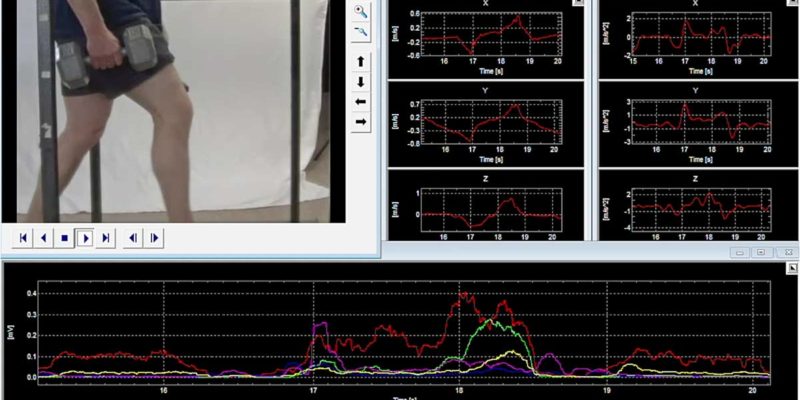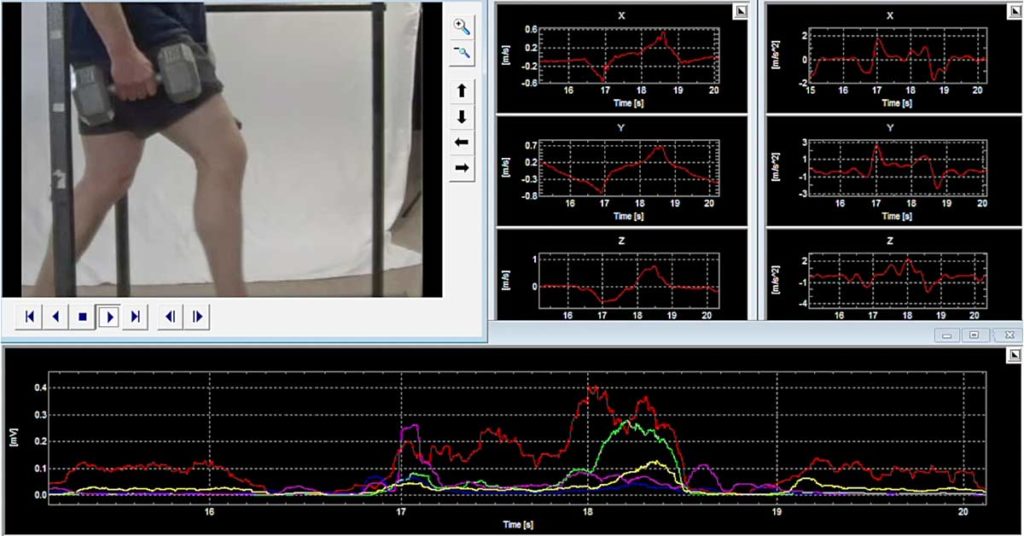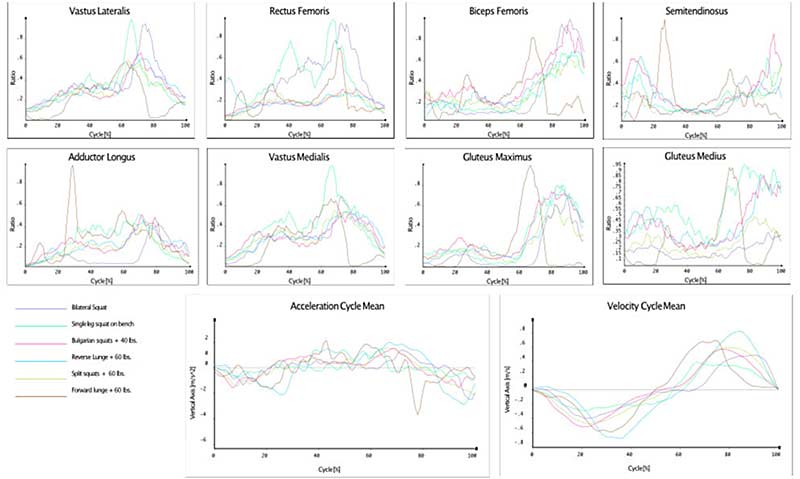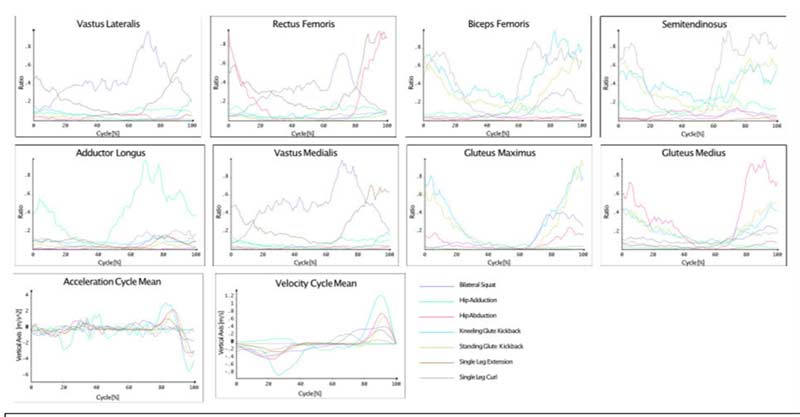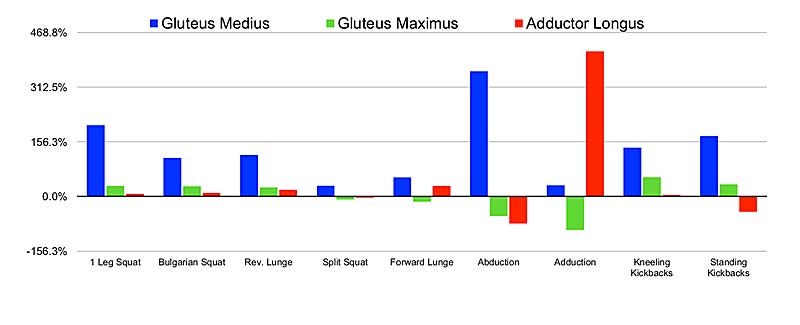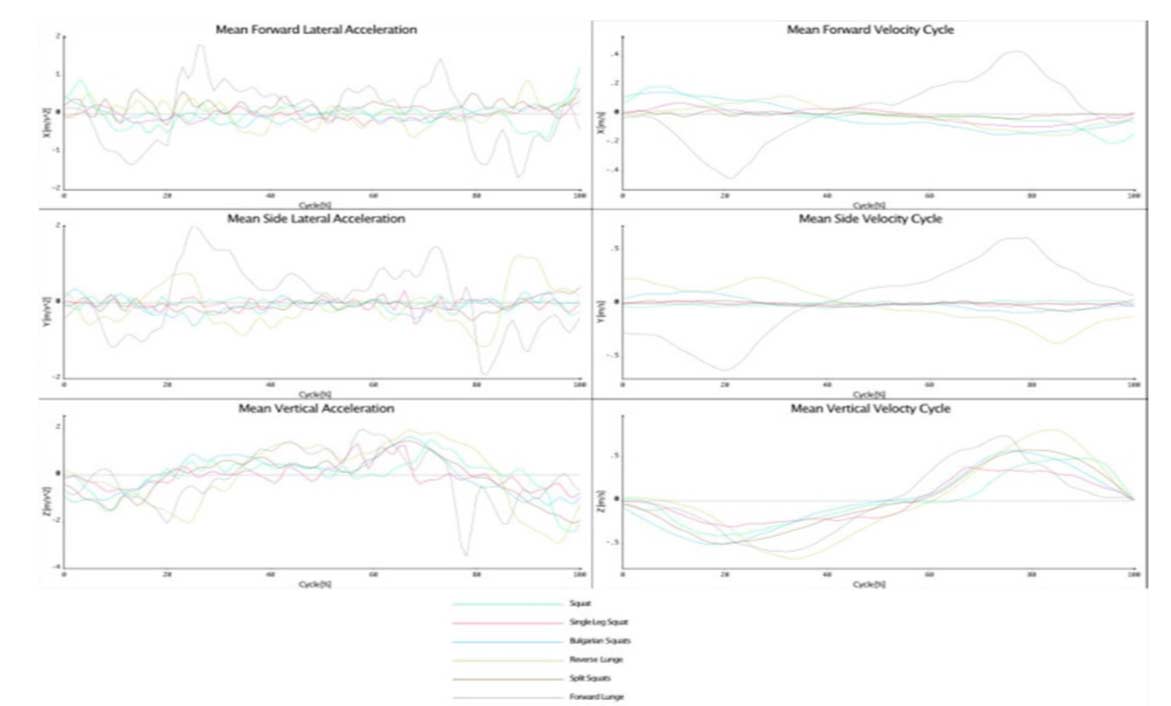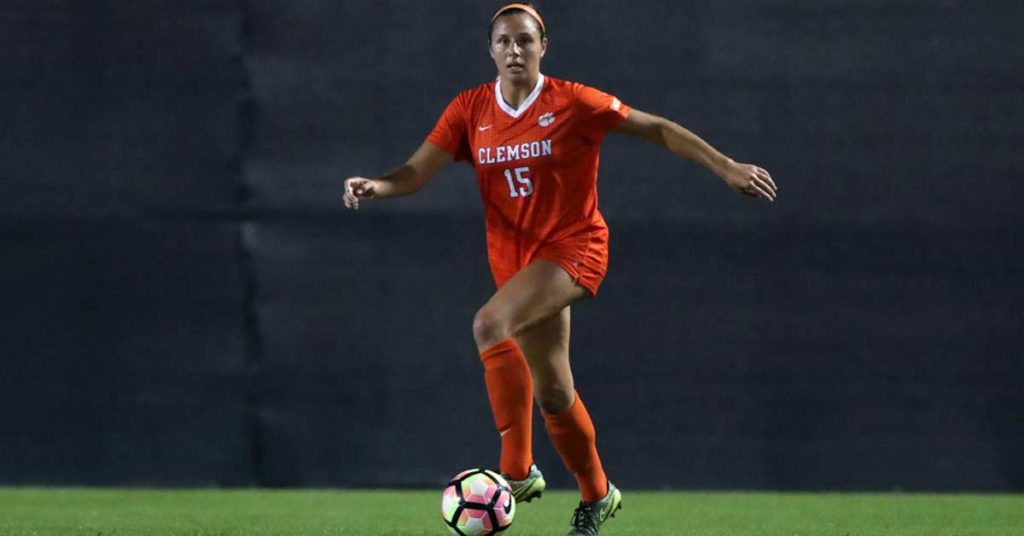
Ryan Metzger, recipient of the 2022 NSCA Assistant College Strength and Conditioning Coach of the Year, went to the University of Tennessee after serving as the Senior Assistant of Olympic Sports Strength and Conditioning at Clemson University since June 2019.
While at Clemson, Metzger had direct oversight of all volunteer interns. She was also directly responsible for the strength and conditioning efforts of Women’s Soccer and Softball, which had much success. Women’s Soccer advanced to the Elite Eight in the 2020 NCAA Tournament—their deepest run since 2006—and Softball captured the 2021 ACC Regular Season Championship in the program’s first complete season.
Before her time at Clemson, Metzger served as an assistant sports performance coach at Virginia Commonwealth University. She was directly responsible for field hockey, women’s lacrosse, cross country, and track and field at VCU; she was also the intern director for Olympic sports. While she was there, the Rams track and field team captured five conference championships.
Freelap USA: You’ve worked as a strength coach in the Atlantic-10 and the ACC, and now you are heading to the SEC. What are some of the factors you need to consider when it comes to strength and conditioning/sport performance among these conferences?
Ryan Metzger: The only factor I have ever considered when making a career move between universities/conferences is: does this step get me closer to my end career goal? If the answer is yes, I take the opportunity.
My introduction to this field was an internship at my undergrad, the University of Wisconsin-Oshkosh, a Division III university. My next step was at the University of Kentucky, a Division I university in the SEC. Very quickly, I was able to check off experience at multiple divisions at the collegiate level. Initially, my experience at Kentucky was solely on the Olympic side, and as a young professional, I wanted to be as well-rounded and as knowledgeable as I could be, so I extended my experience to work football-only at Kentucky.
I felt as though I had made such a big jump from Division III to Division I Power Five that there were some gaps I could fill in my experience. I wanted to pursue an opportunity at a mid-major university to be exposed to other sports that operate at a different level.
Since I know my career goals include working at a Power Five university, the move to Clemson—a Power Five in the ACC, a conference I had no experience in—was an easy choice to make. My most recent move to the University of Tennessee has given me the ability to get back to my SEC roots and stay within high-level athletics.
Every move, regardless of division, name, logo, status, etc., needs to be made with intention and the pursuit of your own career goals. Share on XEvery move, regardless of division, name, logo, status, etc., needs to be made with intention and the pursuit of your own career goals.
Freelap USA: At VCU and Clemson, you were responsible for hiring and developing interns. What are some traits you look for when selecting interns? Is there anything you feel is unique to your internship program and development?
Ryan Metzger: On paper, a few of the things I look for are:
- Do you want to be a strength and conditioning coach? Is there some sort of pursuit toward certification (CSCS, USAW, etc.)?
- Previous internship/work experience? Have you ever been exposed to this type of environment? No previous experience is fine too—everyone starts somewhere—but I will always communicate standards and expectations from the beginning, and they need to be upheld no matter your experience level.
- Previous athletic experience? Not everyone needs to have athletic experience, but I believe it helps in this setting.
From a personality standpoint, I am looking for people who:
- Display social awareness.
- Express a desire to learn and are open-minded and open to new experiences and philosophies.
- Demonstrate professionalism.
Lastly, someone who shows a genuine interest in the program and university. A potential intern should do research on the program, department, and university to they can express a definitive “why” behind applying to intern.
One of the things I have always required interns to do, no matter which university I have been at, is train…at least twice a week in our facility and turn in weekly training logs. Share on XAs far as being unique—one of the things I have always required interns to do, no matter which university I have been at, is train. I require all interns to train at least twice a week in our facility and turn in weekly training logs. I believe this is a huge learning opportunity for a young professional, and it is my belief that if you are in a leadership role, such as a coach, you better be able to do what you are asking others to do and lead by example.
Freelap USA: You were instrumental in the immediate success of the Clemson softball program. How did you prioritize training for the team and work with the sport coaches and support staff to help develop these athletes? What do you believe is one of the key factors to build athlete buy-in for a new program?
Ryan Metzger: I knew the position at Clemson was set up to work with the softball team. I would be responsible for helping to develop a brand-new program, and I did not take that responsibility lightly. During my interview with the head coach, I outlined a detailed plan of success for softball. This plan not only outlined what my training goals and cultural expectations were but HOW I was going to accomplish these things with softball. I broke down the what and how for each season, so we could lay down a great foundation going into the inaugural year.
I was proactive in my approach to set up great lines of communication with any individual who would have a hand in the softball program. I believe collaboration at the highest level leads to success for not only an athlete, but the program as a whole.
One of the key factors in creating buy-in was making sure I was always on the same page as the head coach. I consider myself an extension of the coaching staff, and I wanted to project the same messages. With softball being a spring sport, in February, everyone was anxious for the season to begin. The hardest part may have been teaching patience and trusting the process that everything we did would be another step toward the overall success of the program.
Freelap USA: On a recent podcast, you mentioned that you use metrics to track athlete readiness and performance progress. What are some of your favorite tools to collect data? How do you use these tools to fluctuate the training environment for that day?
Ryan Metzger: Clemson has a number of technologies available to test athlete readiness and performance. Many teams utilize Muscle Lab’s Contact Grid to test RSI (Reflexive Strength Index). I utilized a groin squeeze testing metric, while others began to explore the Keiser bike testing. One of the most useful pieces of technology utilized was Catapult, which is a GPS monitoring and tracking system. Catapult is widely used in field sports, particularly soccer, and we often referenced metrics in Catapult for weekly periodization schemes, especially during the competitive fall season.
Another piece of technology I liked to utilize was NordBord, which is a Vald testing tool. NordBord allowed us to test hamstring strength as well as asymmetry in the lower limbs. This tool was especially helpful considering the population of my athletes in conjunction with the injury risk of these sports (women’s soccer and softball).
Another great tool I used was a subjective readiness questionnaire. This survey was completed each day, 30 minutes before a training session, and allowed each athlete to tell me how they were feeling and add any extra information they thought I should know. I often found this information didn’t alter training, but rather, allowed me to connect with my athletes about stress related to school or life.
The biggest changes or alterations that occurred due to all the testing often came from training in their sport. I would take this information to the sport coaches and discuss potential plans for athletes who may have exhibited a significant change from baseline. The decision may have been made to rest an athlete or just slightly modify activity so they would have a better opportunity to recover between training sessions and/or games.
Freelap USA: As a nationally ranked Olympic weightlifter, you are well-versed in power development, specifically the Olympic lifts. What do you believe are the benefits to including Olympic weightlifting in strength and conditioning programs? How do you incorporate the Olympic lifts into your programming? And are there any other ways in which you like to build power development among your athletes?
Ryan Metzger: I absolutely love utilizing the Olympic lifts. The benefits are endless, and it’s my preferred way to train athletes who require the qualities Olympic lifting emphasizes. The Olympic lifts are whole-body, compound movements, which forces an athlete to learn spatial awareness and improve their proprioception as well as range of motion. There is a high level of neuromuscular recruitment to coordinate the movement properly, and athletes who can do this well often see increases in their speed and explosiveness. When taught correctly, Olympic lifts can become a very time-efficient way to train since they check so many boxes at once.
In the past, I have used variations of all the Olympic lifts. Olympic lifting is versatile, so using derivatives of the lifts can be an effective way to create a different stimulus and avoid boredom from doing the same movements.
Olympic lifting is versatile, so using derivatives of the lifts can be an effective way to create a different stimulus and avoid boredom from doing the same movements. Share on XAlthough these are highly effective, Olympic lifting is not the only way to develop power, and there are limitations based on your population. I have also paired a heavy strength movement with a plyometric and utilized landmine variations to develop rotational power in softball athletes.
It is important to be mindful of your population when choosing to utilize Olympic lifting. Some other considerations would be the time of year in an athlete’s training cycle, limitations based on the athlete, and demands of their sport, and always stress quality movement over weight on the bar.
Lead photo by Andy Mead/YCJ/Icon Sportswire.
Since you’re here…
…we have a small favor to ask. More people are reading SimpliFaster than ever, and each week we bring you compelling content from coaches, sport scientists, and physiotherapists who are devoted to building better athletes. Please take a moment to share the articles on social media, engage the authors with questions and comments below, and link to articles when appropriate if you have a blog or participate on forums of related topics. — SF


